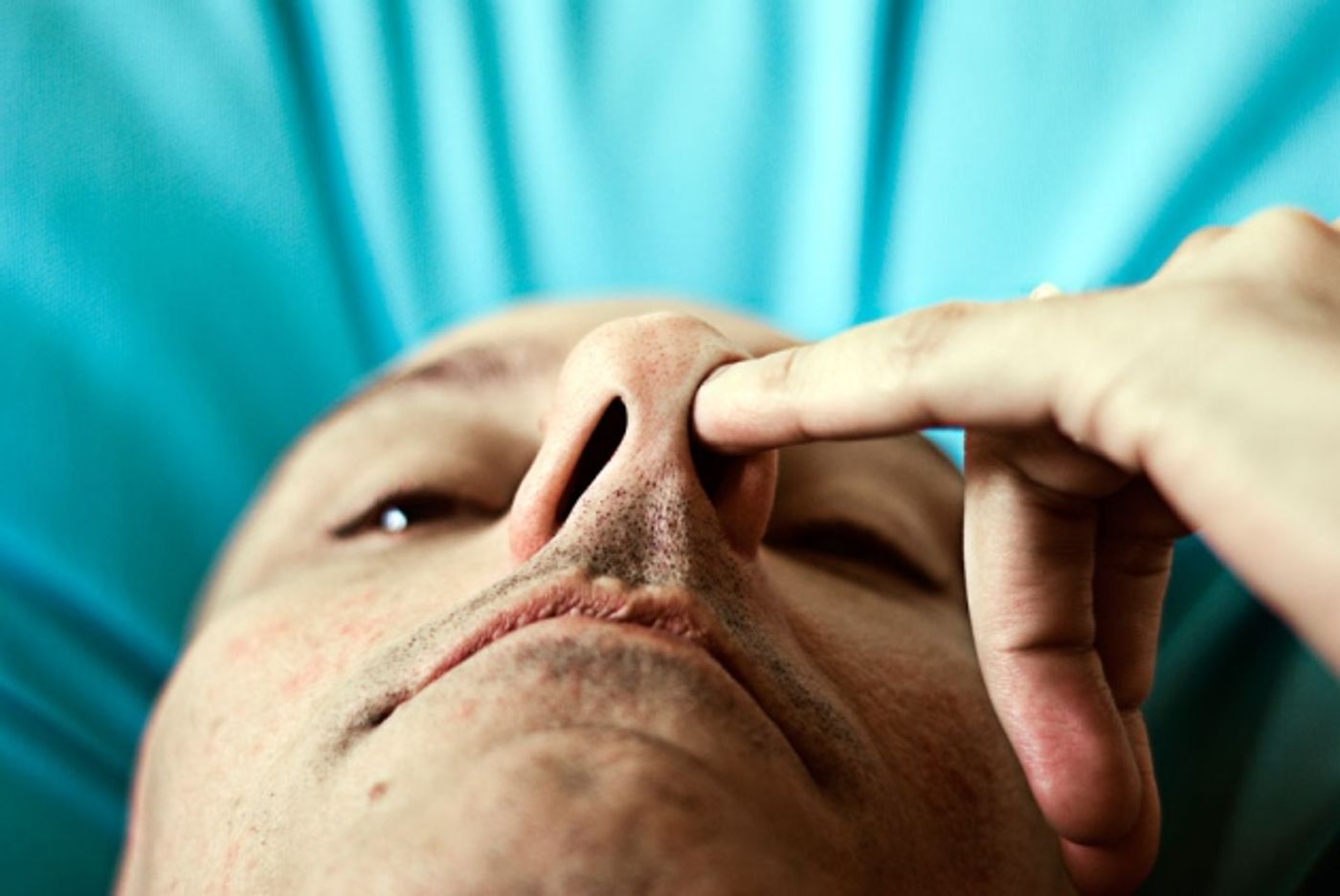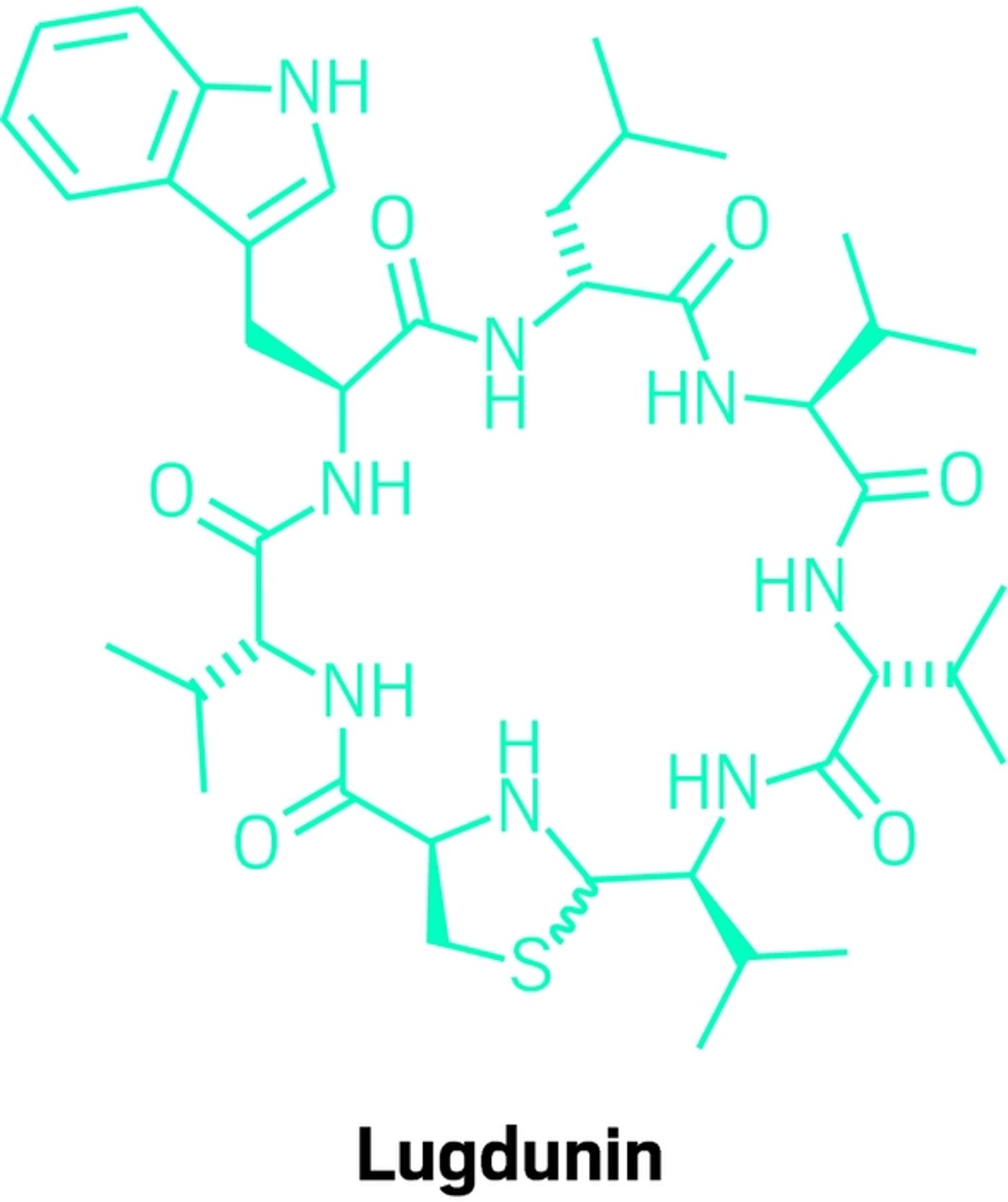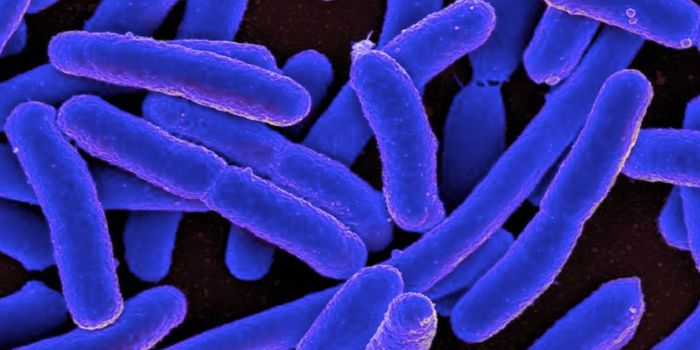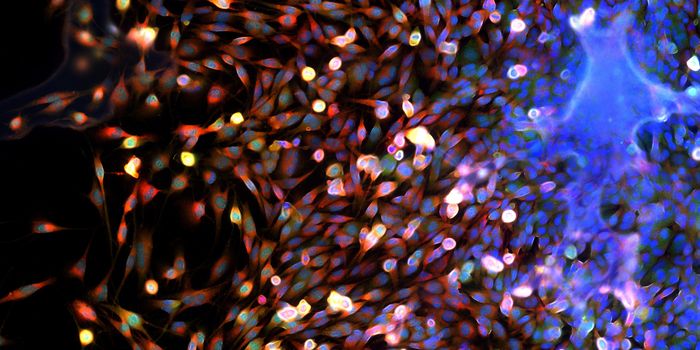Researchers studying the bacterium Staphylococcus lugdunensis in its natural environment have stumbled onto an amazing discovery. The microbe, which resides in the human nose, produces a molecule called lugdunin. That chemical is a natural antibiotic, and it kills the pathogenic and methicillin-resistant Staphylococcus aureus (otherwise known as MRSA) in rodents.
While the Staphylococcus aureus bacterium lives in the noses of many people and is normally harmless, the MRSA strain of S. aureus is resistant to many antibiotics and is found in the noses of 2 in 100 people. When the bacterium escapes from the nasal passages into the bloodstream, a relatively rare event, it causes infection. MRSA is a deadly bacterium though, killing around 11,000 people every year in the U.S. alone.
Antibiotics must selectively target invasive pathogens while leaving harmless host cells intact. Antibiotics are typically small molecules that work by attacking bacterial enzymes, critical proteins that bacteria need to survive.
Reporting in Nature, a molecule that is unlike typical antibiotics is described as a potential new fighter in the battle against MRSA. That molecule, lugdunin, is different from antibiotics normally used in that it’s a lot bigger. It isn’t completely understood how it works, either, though it involves the cell membrane. That unique mode of efficacy may be why bacterial strains of S. aureus were not able to become resistant to lugdunin in a 30-day trial done in tubes in the lab. “We never found spontaneous mutants,” says Andreas Peschel of the University of Tübingen, Germany, an author of the study.
In the work, in a group of 187 hospital patients, people who naturally carried S. lugdunensis in their noses were found to be six times less likely to carry S. aureus than people whose noses lacked S. lugdunensis. That suggested to the researchers that S. lugdunensis could combat the growth of the pathogenic bacterium. As such, the antibiotic produced by the bacterium can be developed as a preventive treatment, such as in a nasal spray, to prevent S. aureus from getting into people’s noses in the first place. Around 9% of people carry S. lugdunensis normally.
“If you want to keep the bacteria in check, you need to understand their lifestyle,” Peschel explains. “And to understand that, we also looked at its competitors.” The investigators checked 90 bacteria obtained from the human nose, but determined that only S. lugdunensis killed MRSA.
The research team also checked how the antibiotic works in other areas by infecting the skin of mice with S. aureus. It was observed that lugdunin ointment not only killed the infection on the surface, but also in deeper layers of the skin.
Lugdunin doesn't only kill MRSA either. It also killed S. aureus that is resistant to the antibiotic glycopeptide as well as vancomycin-resistant Enterococcus spp.
Source:
Nature










